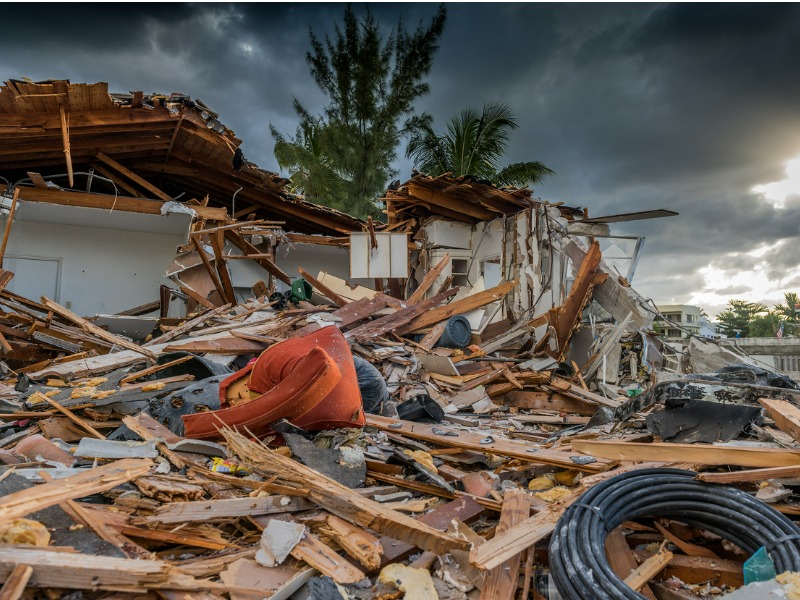Recent NatCats reveal need to boost construction standards

Enforcing existing building codes, bringing in new construction standards and improving community planning are among the measures governments can take to mitigate the cost of property losses from natural catastrophes, industry watchers say.
And arming consumers with better information about how to make properties more resilient to disasters like hail, tornadoes and wildfires would be a good place to start, says Peter Braid, CEO of the Insurance Brokers Association of Canada.
“I think as an industry and as a society, collectively, we need to do a better job of finding ways to get information into the hands of homeowners and consumers,” Braid says.
Insurance companies could play a vital role in increasing consumer awareness of protecting properties from extreme weather through the use of incentives like discounts on premiums and cash rebates, Braid says.
The issue of rising property loss costs is also high on reinsurers’ radar screens.
Paul Carragher, senior vice president and branch manager for Hannover Re’s Canadian Branch, said measures can be taken in building design and maintenance to reduce the losses a property would incur in the event of a disaster such as wind, flood, wildfire, hail or earthquake.
There is a difference between the risk to a new building and the risk to an existing building, Carragher said in an interview.
“New buildings can be planned and designed in such a way as to manage the risk to natural disasters. We need bylaws, building codes and regulations to assist in this process,” he said. “But a big challenge would be the enforcement of the bylaws, building codes and regulations.”
He knows of an incident that occurred outside of Canada where the roof of a shopping centre collapsed following a hailstorm.
“On investigation post the event, it was established that changes were made to structural columns in the building of a shopping centre, without engineers’ sign-off and approval, and this resulted in the roof collapsing during the hailstorm,” he said.
That raised the question of whether the property insurer would pay out on the damage claim.
With existing buildings, the biggest issue is around maintenance and repair. Without adequate maintenance, the risk of damage from natural disasters and, ultimately, the cost of repair increase, Carragher said.
Various levels of government can also take measures to increase the resilience of communities, he said. For instance, the risk of future flooding is high where homes are built on land that has already flooded more than once.
Joanna Eyquem, managing director of climate-resilient infrastructure at the Intact Centre on Climate Adaptation, says this is an issue with which Canadian policymakers are still grappling.
“We’re seeing repeated flooding damage. And obviously, expropriation has really high social impacts for the people living there. So, it’s kind of a complicated decision to make,” said Eyquem.
This article is excerpted from one that appeared in the November 2021 issue of Canadian Underwriter.







